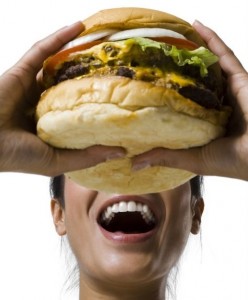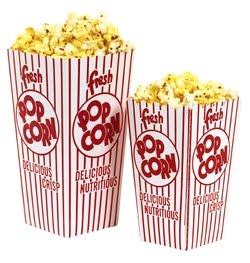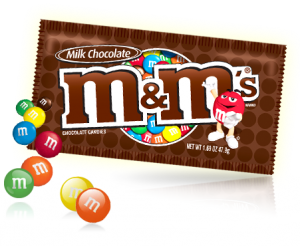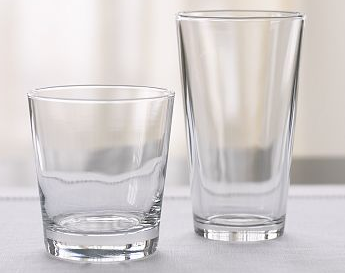Why We Eat More Than We Think
 Many of us are reasonably diligent about what we eat but we don’t put that much thought into how much we eat. People may decide to eat Chinese food instead of pizza or fruit instead of potato chips because they’re healthier. But once they make that initial choice, they tend to not monitor how much they eat. And a pound of grapes isn’t calorie free. If we ate 100 fewer calories each day, instead of gaining 10 pounds at the end of a year, maybe we’d lose 10 pounds.
Many of us are reasonably diligent about what we eat but we don’t put that much thought into how much we eat. People may decide to eat Chinese food instead of pizza or fruit instead of potato chips because they’re healthier. But once they make that initial choice, they tend to not monitor how much they eat. And a pound of grapes isn’t calorie free. If we ate 100 fewer calories each day, instead of gaining 10 pounds at the end of a year, maybe we’d lose 10 pounds.
Larger portions make us eat more. A recent study at movie theaters found that people who were randomly given either medium or really large buckets of popcorn, found that the group with the large bucket ate 50% more than the other group, yet they mistakenly estimated that they consumed the same number of calories.
Another study randomly gave people either a 2 pound, 1 pound or half-pound bags of M&Ms. The people with the small bag averaged 63 M&Ms, but it increased to about 120 M&Ms with the 1 pound bag and even more with the 2 pound bag.
The size of the package or plate gives people a perceptual consumption cue as to what’s acceptable, or normal. In addition, the shape of glasses unknowingly influences how much we drink. When people see something tall and skinny, we think it holds more than something that’s short and wide. When randomly given a tall, skinny 22-ounce glass or a short, wide, 22-ounce glass, people estimated that they had poured less in the short, wide glass than others who were given the tall, skinny glass. In reality, they poured 77% more into the short, wide glasses-11.5 ounces instead of 6.5 ounces.
Another study gave a dish of 30 Hershey’s Kisses to several secretaries, which was refilled each day for 4 weeks. If the bowl was clear and put on their desk, they ate about 9 chocolates a day. If the bowl was opaque it went down to 6.5 a day. When the dish was put 6 feet away from their desk, the number dropped to 4 a day. What’s the big deal you say? Five more chocolates is 125 more calories per day. Over a month of weekdays, that’s 2,500 calories, or 2/3 of a pound!
It takes a cognitive effort to closely monitor our decisions to eat or not eat something, but we can change our environment to make decisions for us. We can’t control whether we there’s a McDonald’s on the corner, but we can control whether we have potato chips sitting on the counter or ice cream in the freezer. That doesn’t mean that we can’t have those foods in the house, but we can control our portion sizes. Instead of eating family style, we can leave the food on the stove, so if you want seconds or thirds, you have to get up every time to get it.
Get rid of all of your small, fat glasses and only use tall, skinny ones. It’s okay to save money with bulk packages, if you repack the food in smaller bags or store the food in the basement. It’s the cookie jar on the table that causes trouble. Let the environment make the decisions for you. Relying on our mental resistance is a whole lot less effective than changing our environment.



